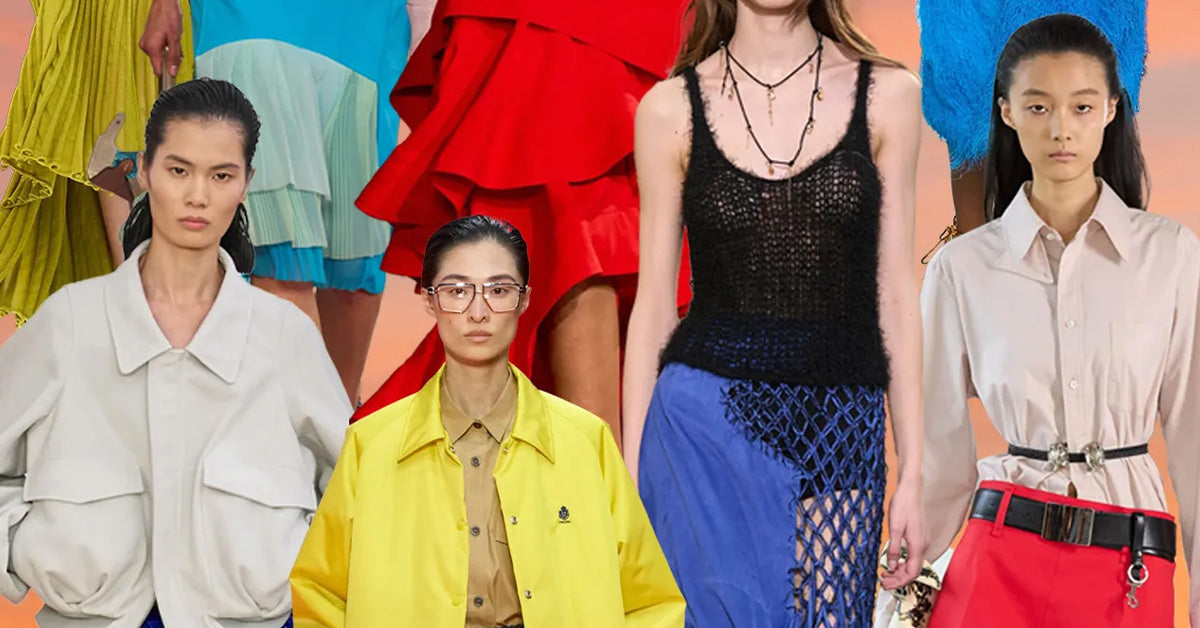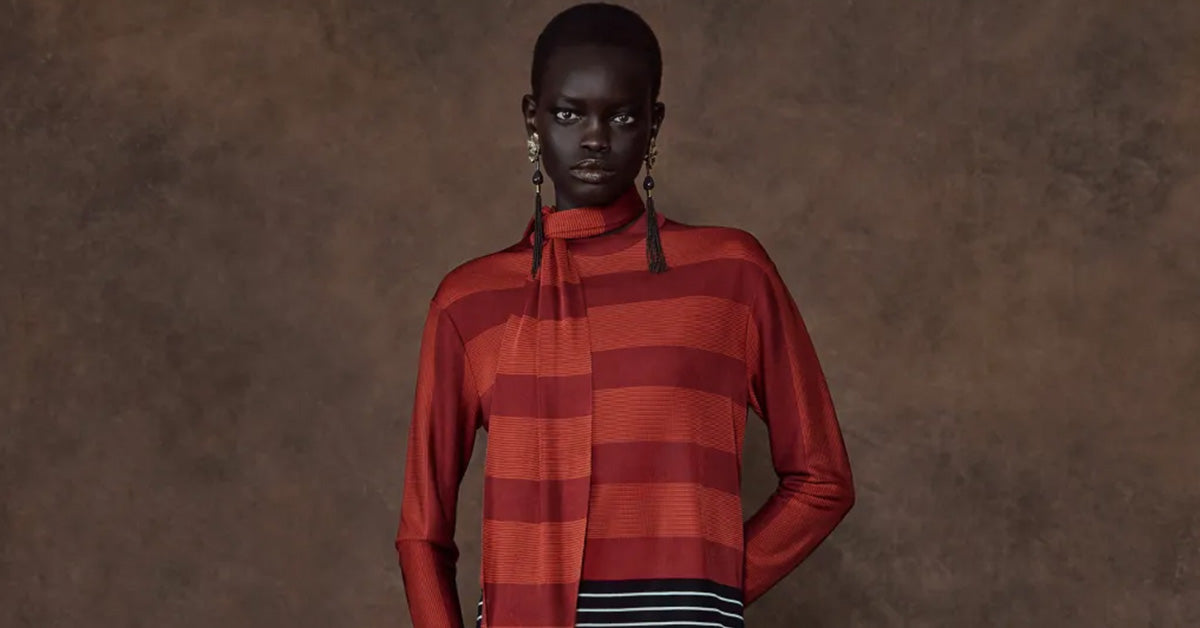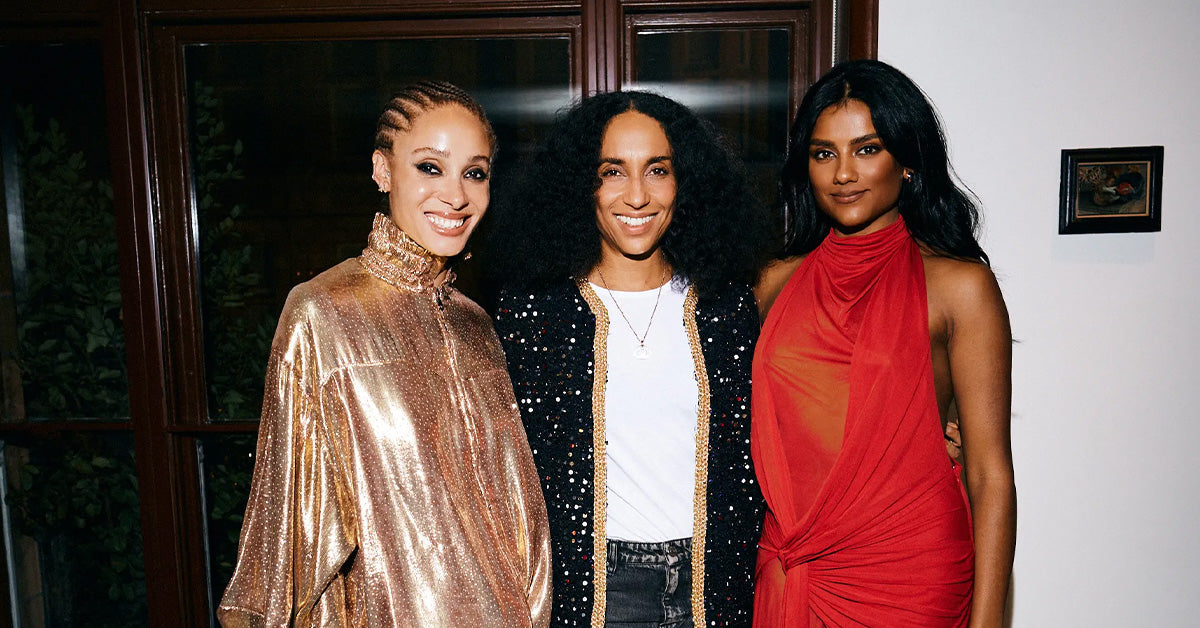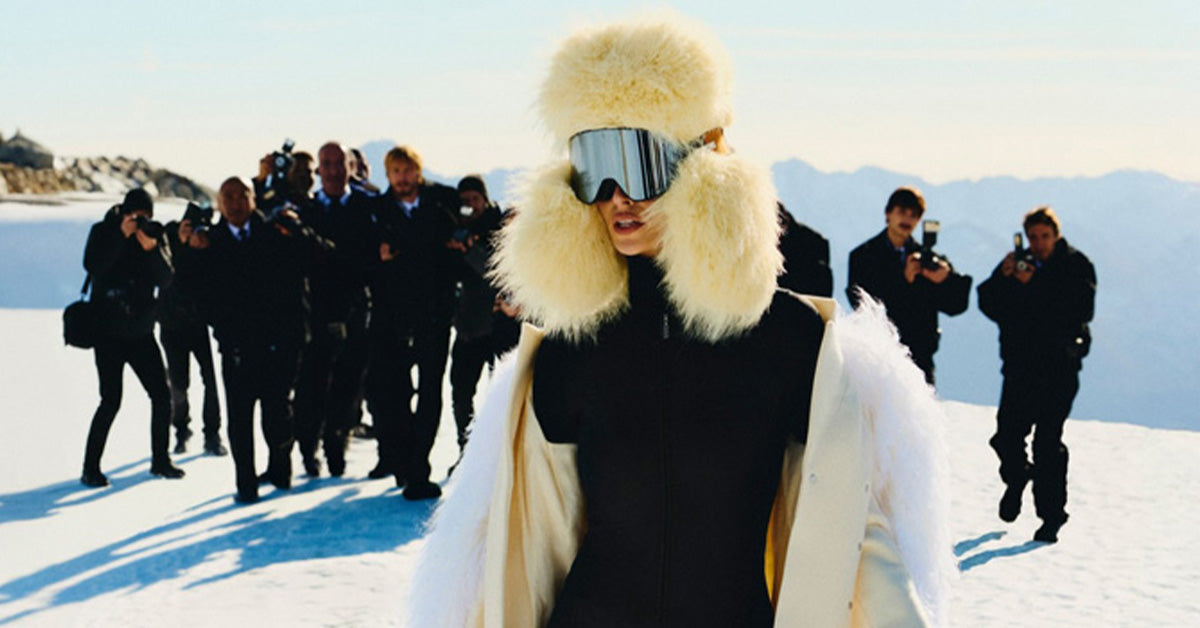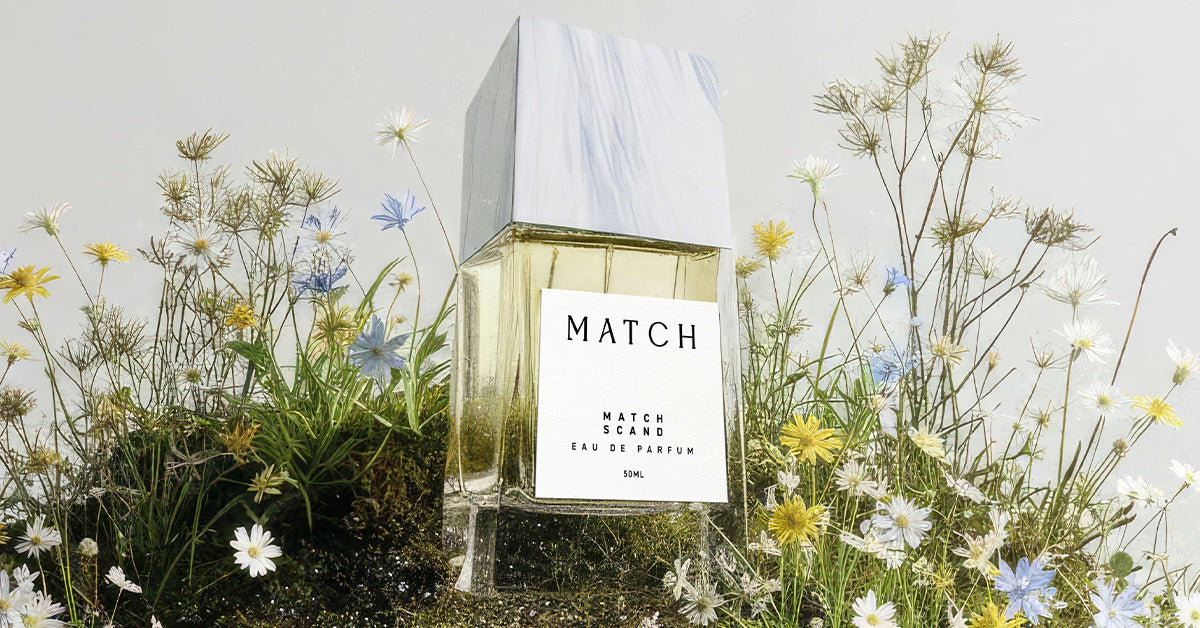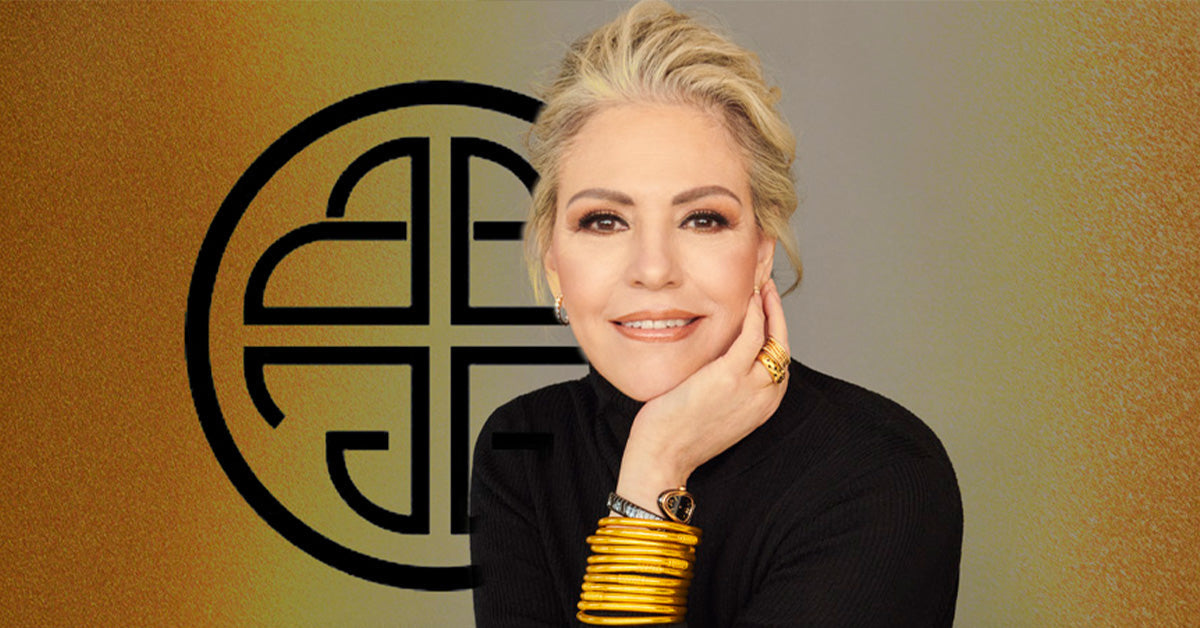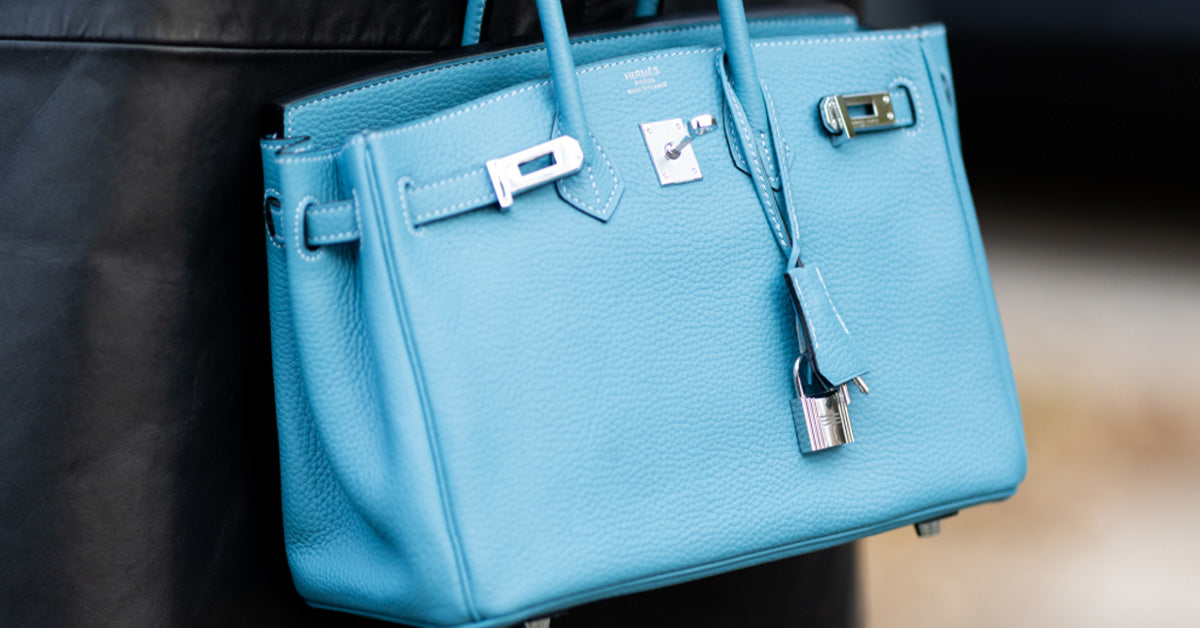In the world of fashion, few garments are as instantly recognizable and versatile as the poncho. Whether draped over the shoulders for warmth, style, or both, the poncho has transcended centuries and continents to become a beloved staple in wardrobes around the world. But what exactly is a poncho, and how did it evolve from its indigenous roots to a modern fashion must-have? This editorial-style guide will take you on a journey through the fascinating world of ponchos, exploring their history, design, cultural significance, and the ways they continue to influence contemporary style.
Understanding the Poncho: Definition and Structure
At its core, a poncho is a simple outer garment, typically constructed from a single piece of fabric with a central opening for the head. It is designed to cover the shoulders, chest, and back, and often drapes down to the hips or knees. Unlike coats or jackets, a poncho features no sleeves and no fasteners, relying on its loose, flowing silhouette for comfort and ease of movement.
While the basic design is straightforward, modern ponchos can incorporate a variety of details and embellishments such as:
- Fringes or tassels along the hem
- Decorative patterns or woven motifs
- Hooded designs for extra coverage
- Slits or buttons for added functionality
- Varied lengths, from cropped to floor-grazing
The Origins: Poncho’s Rich Cultural Heritage
The poncho traces its roots to the indigenous peoples of the Andes Mountains in South America, particularly within countries like Peru, Bolivia, Chile, and Argentina. Traditionally, ponchos were crafted from wool—often from alpacas or llamas—making them ideal for the cold, windswept highlands.
These early ponchos were more than just practical garments; they were imbued with symbolic meaning, often featuring intricate patterns that denoted region, community, or social status. To this day, the poncho remains a vital part of many indigenous cultures, worn during festivals, ceremonies, and daily life.
Over time, explorers, traders, and settlers introduced the poncho to other parts of the world, where it was adapted for local climates and styles. By the mid-20th century, the poncho had become a global fashion phenomenon, embraced by designers and style icons alike.
Types of Ponchos: From Traditional to Trendsetting
The beauty of the poncho lies in its adaptability. While the classic Andean style remains a constant, fashion designers and artisans have reimagined the poncho in countless ways. Here are some of the most popular types:
- Traditional Andean Poncho: Handwoven, often with bold geometric patterns and vibrant colors. Made from wool for warmth.
- Rain Poncho: Crafted from waterproof materials like vinyl or nylon, designed for quick protection from the elements. Commonly used for outdoor activities and festivals.
- Fashion Poncho: Made from luxe materials such as cashmere, cotton, or synthetic blends, often featuring contemporary prints, embellishments, or asymmetrical cuts.
- Knit Poncho: Soft, cozy, and perfect for layering, these ponchos are popular in casual and bohemian-inspired wardrobes.
- Hooded Poncho: Adds a practical twist with a hood for extra protection against rain or cold.
Ponchos in Contemporary Fashion
In the modern era, the poncho has enjoyed numerous revivals, gracing the runways of leading fashion houses and the streets of chic cities alike. Its appeal lies in its versatility: a poncho can be as laid-back or as elegant as the wearer desires, depending on fabric choice, styling, and accessories.
Some key reasons for the poncho’s enduring popularity in contemporary fashion include:
- Easy layering: Ponchos can be thrown over any outfit, from jeans and a turtleneck to a sleek evening dress.
- Effortless sophistication: The flowing silhouette lends an air of bohemian glamour or minimalist chic, depending on how it’s styled.
- Seasonal versatility: Lightweight ponchos are perfect for spring and summer, while heavier knits and woolens provide warmth in colder months.
- Universal fit: The loose, unstructured design flatters a wide range of body types and sizes.
How to Style a Poncho: Tips and Inspiration
Styling a poncho is all about balance and proportion. Here are some expert tips for pulling off the look:
- Keep it streamlined: Since ponchos are voluminous on top, pair them with slim-fitting bottoms like skinny jeans, leggings, or tailored trousers.
- Play with textures: Combine a chunky knit poncho with leather leggings, or a silky poncho with denim for a high-low contrast.
- Accessorize smartly: Add a belt to cinch your waist and define your silhouette, or layer with statement jewelry for a bold touch.
- Footwear matters: Boots—ankle, knee-high, or over-the-knee—complement ponchos beautifully, but don’t be afraid to try loafers or even sneakers for a modern edge.
- Weather watch: Rain ponchos are practical but can be stylish too—look for transparent or patterned versions to brighten up a gloomy day.
Poncho vs. Other Outerwear: What Sets It Apart?
While the poncho shares similarities with other loose-fitting outerwear such as the cape or the ruana, there are key differences:
- Poncho: Typically a single rectangular or square piece of fabric with a head opening, no sleeves, and no closures.
- Cape: Open at the front, usually fastened at the neck, and drapes over the arms.
- Ruana: Originating from the Andes as well, the ruana is like a poncho but often open in the front, sometimes with a slit down the center.
The poncho’s unique construction gives it a distinct drape and freedom of movement, making it a favorite for both practical and aesthetic reasons.
The Enduring Appeal of the Poncho
From its ancient roots in the Andes to its status as a global fashion icon, the poncho is a testament to the enduring power of simple, functional design. Whether you’re looking for warmth, style, or a touch of cultural heritage, the poncho offers endless possibilities.
As fashion continues to embrace comfort, versatility, and sustainability, the poncho is poised to remain a timeless staple—proving that sometimes, the simplest garments have the richest stories to tell.
Frequently Asked Questions About Ponchos
-
What is the main difference between a poncho and a cape?
A poncho is typically a single piece of fabric with a hole for the head and no sleeves, while a cape is open at the front and fastened at the neck, draping over the shoulders.
-
Can ponchos be worn in all seasons?
Yes! Lightweight ponchos made from cotton or blends are ideal for spring and summer, while wool or knit ponchos are perfect for autumn and winter layering.
-
How do you style a poncho without looking bulky?
Pair your poncho with fitted bottoms like skinny jeans or leggings, and consider adding a belt to define your waist for a more flattering silhouette.
-
Are ponchos suitable for formal occasions?
Absolutely. Ponchos crafted from luxurious fabrics and elegant designs can be styled for formal events, especially when paired with sophisticated accessories.
-
What is the cultural significance of the poncho?
In many South American cultures, the poncho is a symbol of heritage and identity, often featuring traditional patterns and worn during important ceremonies and celebrations.


